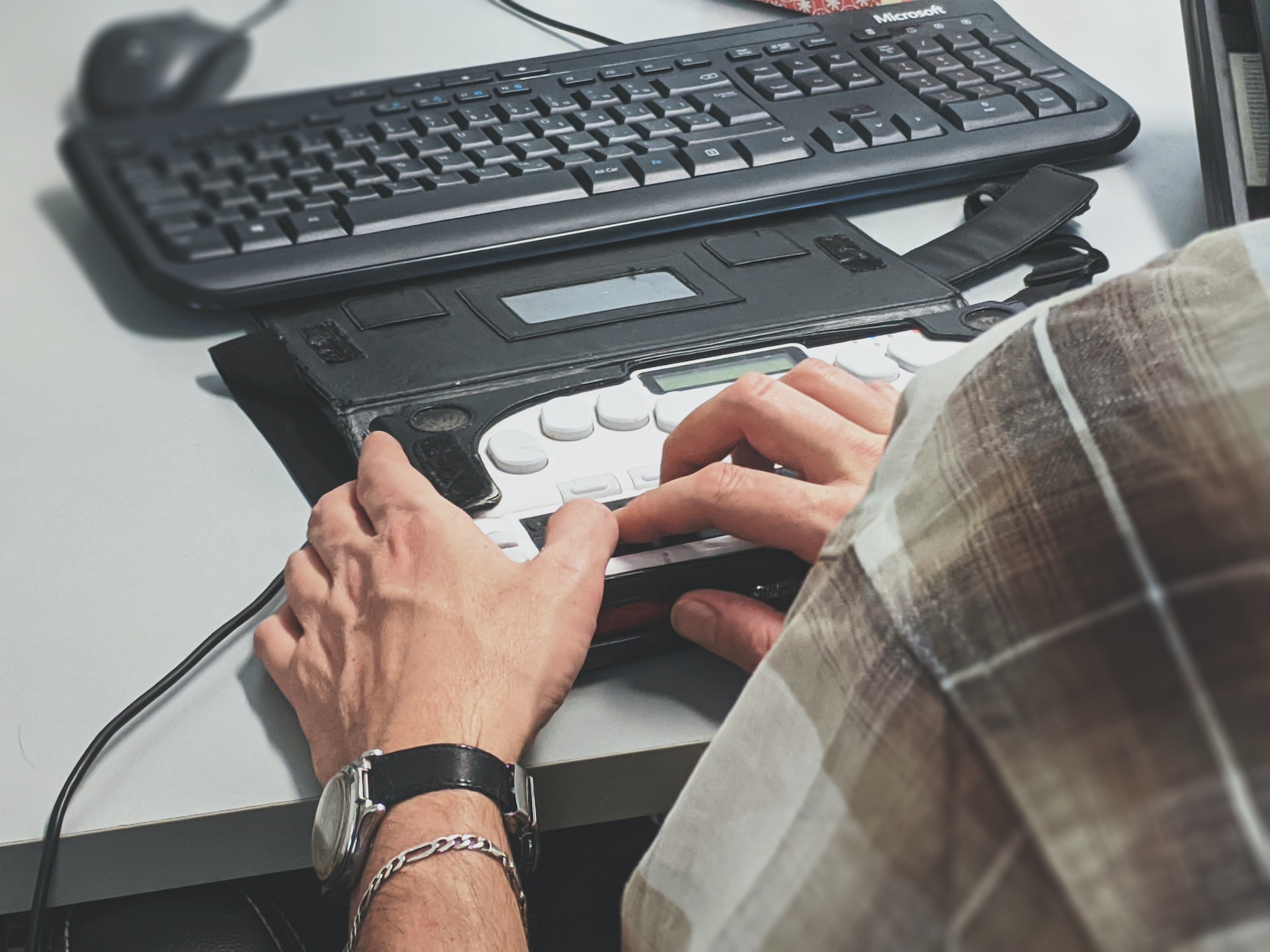How Have Recent Technologies Made Life Better for People with Disabilities?
It’s no surprise that technology has always been a method of improving the lives of people who have been previously excluded from aspects of society. Anyone with a disability will have experienced barriers in their life based on the way that the world around them has been structured. Slowly but surely, technology is breaking down these obstacles and finding better, more inclusive ways of operating. Approximately one in four people in the US have some form of disability, meaning that a significant percentage of the population must regularly face the challenges of living in a world that wasn’t built with their needs in mind. Fortunately, more and more people are paying attention to this inequality and finding new ways to help. Here are just a few examples of how current and emerging technology makes life better for people with disabilities.
Voice Recognition and Commands
Now that technology has been trained to better understand the human voice, there are plenty of uses for voice recognition that benefit people with disabilities. Instead of having to rely on typing out messages or search terms, people can speak into their device. Only a few years ago, this technology was in its infancy and was comparatively unreliable, but nowadays, voice recognition is an efficient and valuable part of many people’s lives.
Gesture Controls
Some disabilities impact the way a person can control their devices. Fine motor skills can be negatively affected, and so alternative gesture controls become vital. Being able to control various gadgets helps people with certain disabilities with their hand movements, eye movements, or facial expressions meaning that they can access online content with greater independence.
Website Overlays
Website overlays are used for a variety of purposes. Most significantly, they can be designed to enhance the user experience for people with disabilities, such as visual impairment or hearing loss. You can find more information on accessibility overlays that go into more detail about this fascinating technology. The simple addition of an overlay onto a website can drastically improve its usability for a wider range of people. This opens up more of the internet to people who may have previously been unable to access it.
Screen Reading
People with visual impairment have to navigate the world using their other senses. Instead of reading text, specifically designed apps and devices can convert written words into audio information. This takes much of the stress out of obtaining written information.
Communication Apps
Some disabilities impact a person’s ability to speak and communicate with others. There are now speech devices that can quickly and easily generate audio from either predictive text or eye-tracking, depending on an individual’s requirements.
Smart Home Devices
Smart home gadgets may be largely marketed to people without disabilities for their convenience and novelty, but they are extremely useful in the daily lives of people with disabilities. Smart homes can automate lighting, heating, appliances, and other environmental features of the home by using various alternative controls.
There are plenty more examples of how upcoming technological innovations will improve the lives of people with disabilities. As progress pushes forward, barriers to inclusion are gradually lifted so that everyone can be a part of society.

